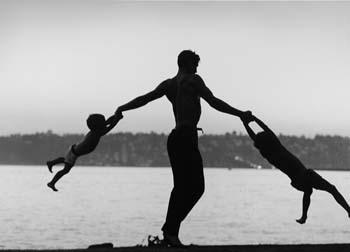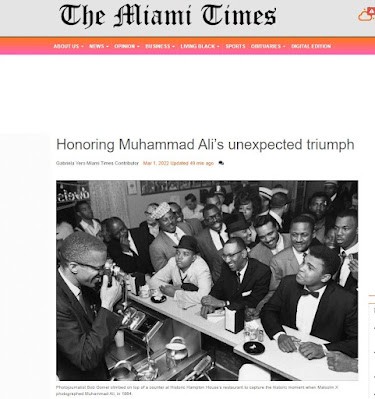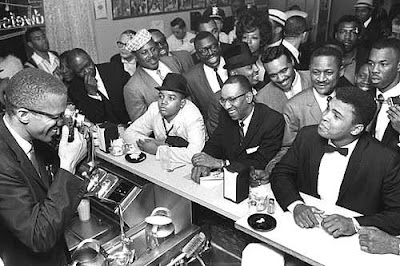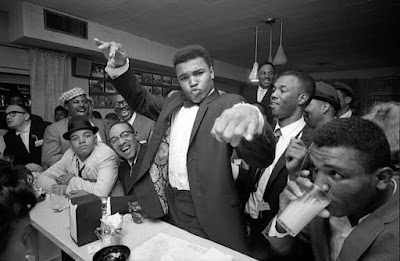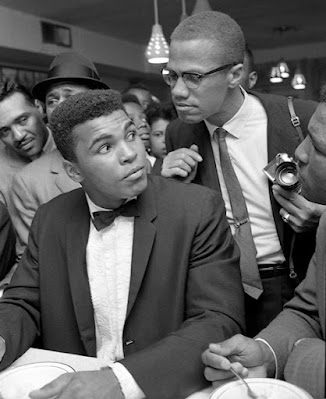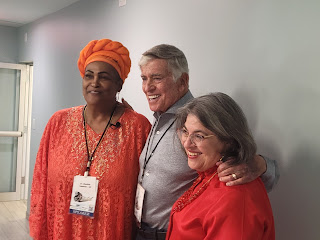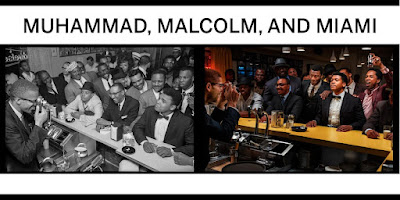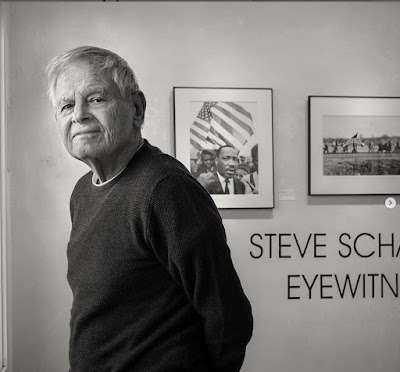Like thousands of New Yorkers, Sid and Michelle Monroe left the city after the events of September 11 to find a new home. They chose the art and cultural capital of Santa Fe, New Mexico, where they opened the Monroe Gallery of Photography in April 2002. Now, twenty years later, they’re celebrating their gallery’s anniversary by revisiting the topic of their first show: the photographers of LIFE Magazine.
Opening on May 6, 2022, the show celebrates what the Monroes call LIFE’s “stunning affirmation of the humanist notion that the camera’s proper function is to persuade and inform.” Photographs from essays by LIFE icons such as Margaret Bourke-White, Alfred Eisenstaedt, Carl Mydans, and Andreas Feininger will be on display. LIFE photographer Bob Gomel, now 88, will also be in attendance at the opening reception from 5-7pm on Friday, May 6.
LIFE.com recently caught up with the gallerists Sid and Michelle Monroe over email to learn more about their show and their thoughts on LIFE, and, well, life in Santa Fe.
How did you become gallerists? Why did you choose to focus on photojournalism?
We both entered the museum field after college, Michelle with the Cooper Hewitt, Smithsonian Design Museum and Sid with the Metropolitan Museum of Art. Michelle was also a working artist and Sid was the director of a SoHo gallery specializing in fine art editions, where the gallery owner was exploring an exhibition with Alfred Eisenstaedt in collaboration with the LIFE Picture Collection. In 1985, we sat down with Alfred Eisenstaedt to discuss the exhibition and, then in our 20s, were were awed and engaged with his stories of an extraordinary life behind the camera.
We understood that we were in the presence of something bigger than we had ever encountered before. The work of Alfred Eisenstaedt is our collective history—we didn’t live this but this is what formed the world we were born into. In the eighties, photography was only beginning to gain a foothold in the fine art market, and most galleries were concentrating on the early “masters” of fine art photography. Eisenstaedt, and in general the field of photojournalism, had not been exhibited in a gallery setting. We believed immediately that a gallery which combined the realms of art, history, and reportage would be unique, and that set us on our course.

Alfred Eisenstaedt The LIFE Picture Collection/Shutterstock
Why a LIFE exhibition? Why now?
We had our beginning in New York, and over the course of the 1990s had the extraordinary opportunity to meet, get to know, and work with many of the legendary photographers of LIFE magazine, all in their retirement years. Through countless conversations, we learned how they saw the world and recorded it for the magazine, and more importantly, for history. Their work, and work approach, helped us gain insight into how to view their photographs, decades after they made them. Ever since, we have have worked conscientiously over the past 20 years to establish Monroe Gallery of Photography at the intersection between photojournalism and fine art, showcasing works embedded in our collective consciousness that shape our shared history. The Gallery represents several of the most significant photojournalists up to the present day, but the work of the LIFE photographers has been our foundation

What do you wish collectors knew about LIFE? The general public?
The work of the photographers of LIFE magazine came to define the medium of photojournalism, and their photographs recorded history and informed us all for most of the twentieth century. It was long one of the most popular and widely imitated of American magazines, selling millions of copies a week. From its start, LIFE emphasized photography, with gripping, superbly chosen news photographs, amplified by photo features and photo essays on an international range of topics. Its photographers were the elite of their craft and enjoyed worldwide esteem. Published weekly from 1936 to 1972, the work of the photographers of LIFE magazine came to define the medium of photojournalism.

John Dominis/Life Pictures/Shutterstock
Do you have a favorite piece in the show?
Considering we curated the exhibit from potentially thousands of images, the exhibit itself represents our favorites—with enough left over we could easily do a “part two”!
Who are some of your favorite LIFE photographers? Are there some that may have been overlooked?
That’s a difficult question, as each LIFE photographer had their own individual and particular personality and style. We consider ourselves extraordinarily privileged to have been able to have known, and call friends, so many of these great photographers. To name only a few, Eisenstaedt was by many measures the “Dean” of the LIFE photographers and he taught us how to “see”; Carl Mydans left a deep impression on us with his humility and intense humanistic dedication; Bill Eppridge was deeply committed to documenting historic and deeply sensitive subjects; and Bob Gomel‘s versatility and ingenuity impresses us to this day.

© Bob Gomel / Courtesy of Bob Gomel
And for people who plan to visit the LIFE show in Santa Fe, are there other favorite art spots in the area that you recommend?
Santa Fe is a gem of an art-destination city. There are over 200 galleries showing every possible form of art from ancient Native American art and pottery to cutting edge contemporary art. [We recommend] SITE Santa Fe, a contemporary art space; Institute of American Indian Arts; Museum Hill; Georgia O’Keeffe Museum; and Meow Wolf, an ‘immersive art installation where visitors enter and discover that nothing is as it seems…
Do you have advice for young photojournalists who might want to display their works in a gallery?
Foremost, understand and dedicate yourself to the profession and its specific ethical requirements. Respect its role as the fourth estate and its check on power. Do the work. The role of photojournalists has perhaps never been as vital and important as it is today.

The LIFE Photographers exhibit will be on display at Monroe Gallery from May 6 through June 26, 2022. For hours and location, please consult the gallery’s website.
Jill Golden is the director of the LIFE Picture Collection, an archive of more than 10 million photographs created by—and collected by—LIFE Magazine.

